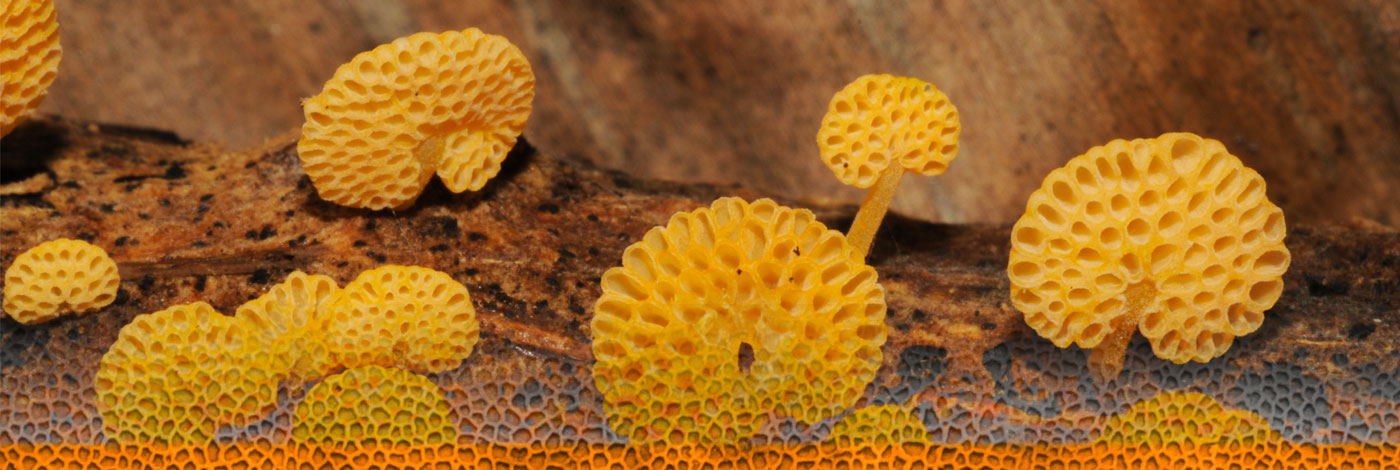

 Cryptogamie, Mycologie
36 (3) - Pages 301-317
Cryptogamie, Mycologie
36 (3) - Pages 301-317Neomicrothyrium is an epiphytic genus that forms small black dots on the surface of living or dead fallen leaves, although it rarely causes any damage to the host. Based on its flattened thyriothecia, it was considered that Neomicrothyrium belongs in the order Microthyriales, a group of fungi that is relatively poorly studied. “Microthyriaceae”-like taxa appearing as small black dots on leaves were collected in Chiang Rai Province, Thailand, and studied using morphological characterization and phylogenetic analyses. As a result of molecular and morphological study, we established that Neomicrothyrium is linked to the asexual genus Zeloasperisporium and that we had collected two new taxa. Two new species, Zeloasperisporium ficusicola and Z. wrightiae are therefore introduced in this study based on morphology and phylogeny. Neomicrothyrium is linked to Zeloasperisporium and is therefore synonymized under the older name Zeloasperisporium. Phylogenetic analyses of combined LSU and SSU rDNA sequence data indicate that Zeloasperisporiaceae belong in the class Dothideomycetes, but clusters with Natipusillales in a distinct lineage from Microthyriales. We therefore introduce a new order, zeloasperisporiales to accommodate the family Zeloasperisporiaceae. The life cycle of Zeloasperisporium species is remarkable. The sexual morph produces ascomata on the leaf surface and appears to lack any other structures and it is unclear how the ascomata obtain nutrients. The asexual morph produces conidia which can be found on the surface of plants, or in air, but it is also unclear how conidia obtain their nutrients. In this study, isolates from the sexual morph produced asexual morphs in culture.